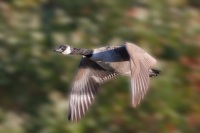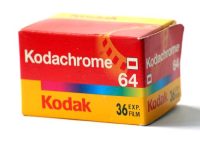She first came to visit in mid August, a small, delicate, and timid black cat with stunning green eyes. She would hover around the back porch waiting for food, devour as much as she could, and dart away. More often than not she would come back 3-4 times a day. No matter how much she ate, she never seemed to be satisfied. Eventually she tolerated being touched, but would become nervous after just a few minutes – guilty at being distracted from some more serious purpose.
One warm September afternoon – the little black cat arrived with four kittens in tow. Still nursing, we guessed they were perhaps 4 weeks old. The reason for their mother’s voracious appetite was clear. Barely more than a kitten herself (later learned she was less than a year old) we guessed she had been struggling to keep herself and her little family fed. Likely feeling overwhelmed she had decided to take her chances with us.
All females and well under a pound, we named the kittens (two all black and two tigers) Midnight, Bella, Stormy, and September. Mom was designated Sophia for her luxurious fur, grace and elegance. For a few days, we kept them on the porch in an improvised shelter while we regrouped. Daily feeding and play delighted the kittens and got Sophia used to our helping care for her offspring.
This slideshow requires JavaScript.
We moved the family into our heated garage, laid out some sleeping berths and hastily put together a kitten-sized jungle gym form some cardboard boxes and planks. Some ‘chase me’ toys were scattered about and the kittens were in heaven. Sophia finally got a chance at some rest and her demeanor changed overnight. Content that her kittens were safe, she became completely comfortable being held and groomed.
I’m happy to report that all the kittens are now spayed, inoculated, have loving homes, are heavier and happy. We decided to keep Sophia for our own. She’s become an adorable companion not only to us, but our older cat Rebecca II.
We suspect One-Eyed Jack may have had something to do with all this – he’s the only tiger in the area. As to if confirm Sophia (now spayed herself) growls every time he comes to the window and peers in. Jack – really, and at your age!




 Posted by Jim Craner
Posted by Jim Craner 








